All products featured are independently chosen by us. However, SoundGuys may receive a commission on orders placed through its retail links. See our ethics statement.
Why cassette players are making a comeback
August 30, 2025
You might be surprised to hear that cassette sales are actually on the rise.
According to Billboard, cassette sales in the U.S. jumped by 28% in 2023, with artists like Taylor Swift, Billie Eilish, and Olivia Rodrigo all releasing albums on tape.
It’s part of a broader vintage trend, the same one driving vinyl, thrift stores, and the resurgence of film photography. Gen Z, in particular, is turning to older tech and formats not because they’re “better,” but because they’re different.
So, in an era dominated by lossless streaming and wireless everything, FiiO has released a Walkman-style cassette player: the CP13. It’s clearly designed to evoke nostalgia. But the problem is, it’s also trapped by it. Because the CP13 isn’t just about analog audio, it’s about chasing the myth of vintage: the idea that old automatically means better.
A brand-new cassette player in 2025?

With cassettes still selling, it’s perhaps unsurprising that modern cassette players are still being made. Take the FiiO CP13, for instance. It’s got all the standard features you’d expect from a vintage, portable cassette player, including play, pause, fast forward, and rewind. It doesn’t have a recording feature, but it does have a 3.5mm line-out port. And unlike older cassette players, the CP13 has an internal battery that charges over USB-C. That little detail, USB-C charging, is a clear reminder that this isn’t just a vintage throwback, but a completely new product.
And then there’s the design. While most modern tech chases elegance with curves and minimalism, the FiiO CP13 leans hard into a brutalist design language: all straight edges and bare aluminum. It looks more like the first Sony Walkman from 1979 than anything that followed. There’s confidence in this form of design. It doesn’t apologize for what it is. In this way, it’s uniquely assertive of its defiance.
The myth of vintage
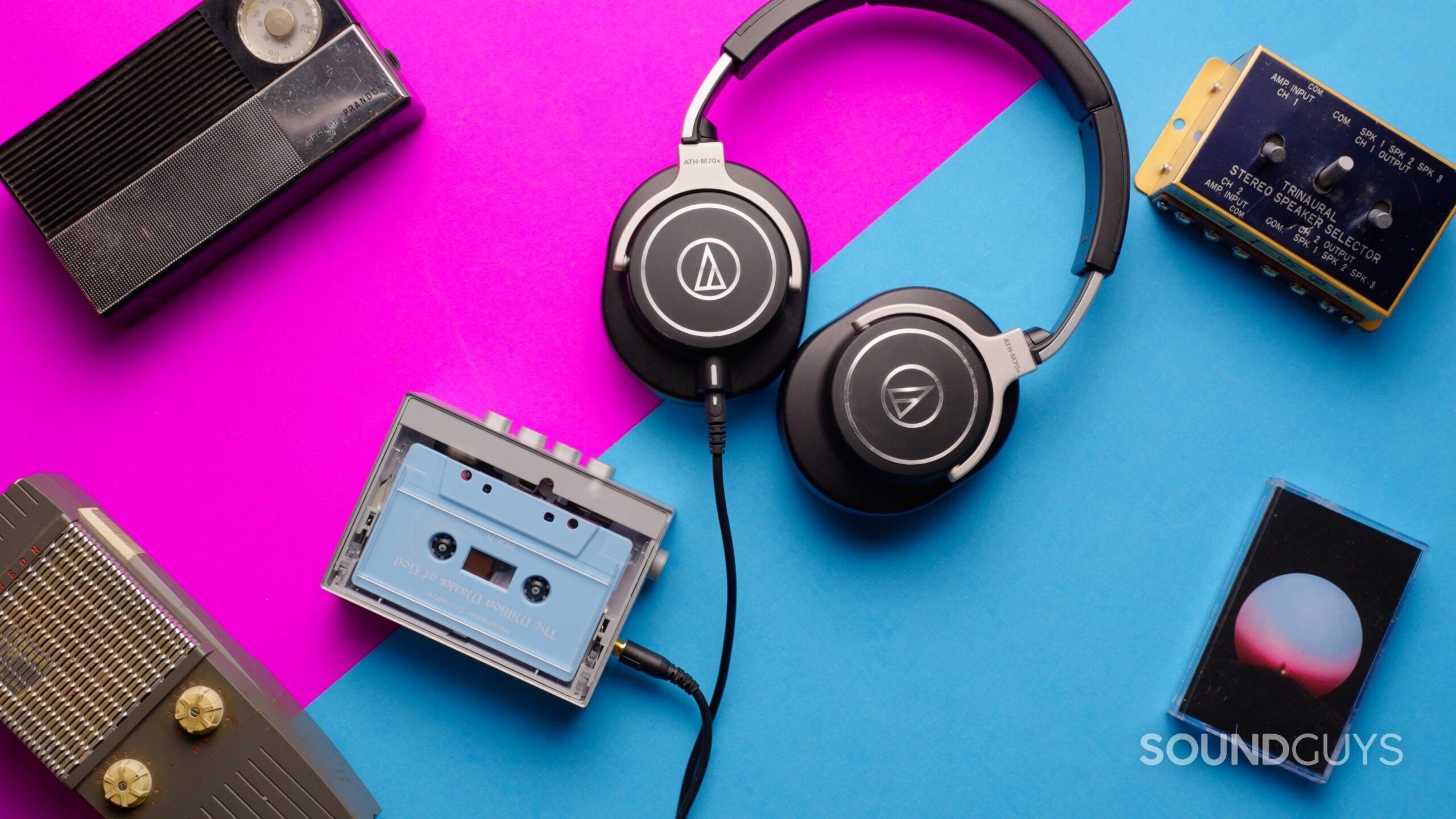
I think a lot of the resurgence of vintage technologies can be traced back to this desire for defiance. There is a need to defy established trends, trajectories, and tendencies, to choose a unique path forward or even backwards.
That’s the “myth” of vintage — the stubborn insistence on a recreation of a golden, untouchable past, and recreating some of that charm against the endless progression of technology.
But when a product like this leans entirely on its appeal to the past, I can’t help but wonder if we’re missing the chance to create something genuinely new. Too often, cultural defiance just means looking backward. We cling to the familiar, not because it works better but because it feels safer. There’s a difference between enjoying nostalgia and building our world around it. With this resurgence of vintage audio tech, people have started buying technologies simply for that superficial “vintage” label.
The data backs this up: In a study from Luminate, only 50% of people who bought vinyl in the past year actually own a record player. That stat alone begs the question: Does the resurgence of vintage audio have anything to do with sound quality or the listening experience? Or is it just the myth of vintage rearing its ugly head again—the idea that if it’s old, it must be better?
At times, the FiiO CP13 slips right into that trap. It aims to recreate the magic of classic Sony Walkmans, but it doesn’t quite get there.
A few months ago, Andru Marinu of The Verge did a deep dive into modern cassette players. In his video, he found that because the components necessary for cassette player manufacturing stopped production decades ago, all modern recreations of the tape mechanism are just imitations. They are less reliable, less refined, and less durable than the originals.
“Fauxthenticity”
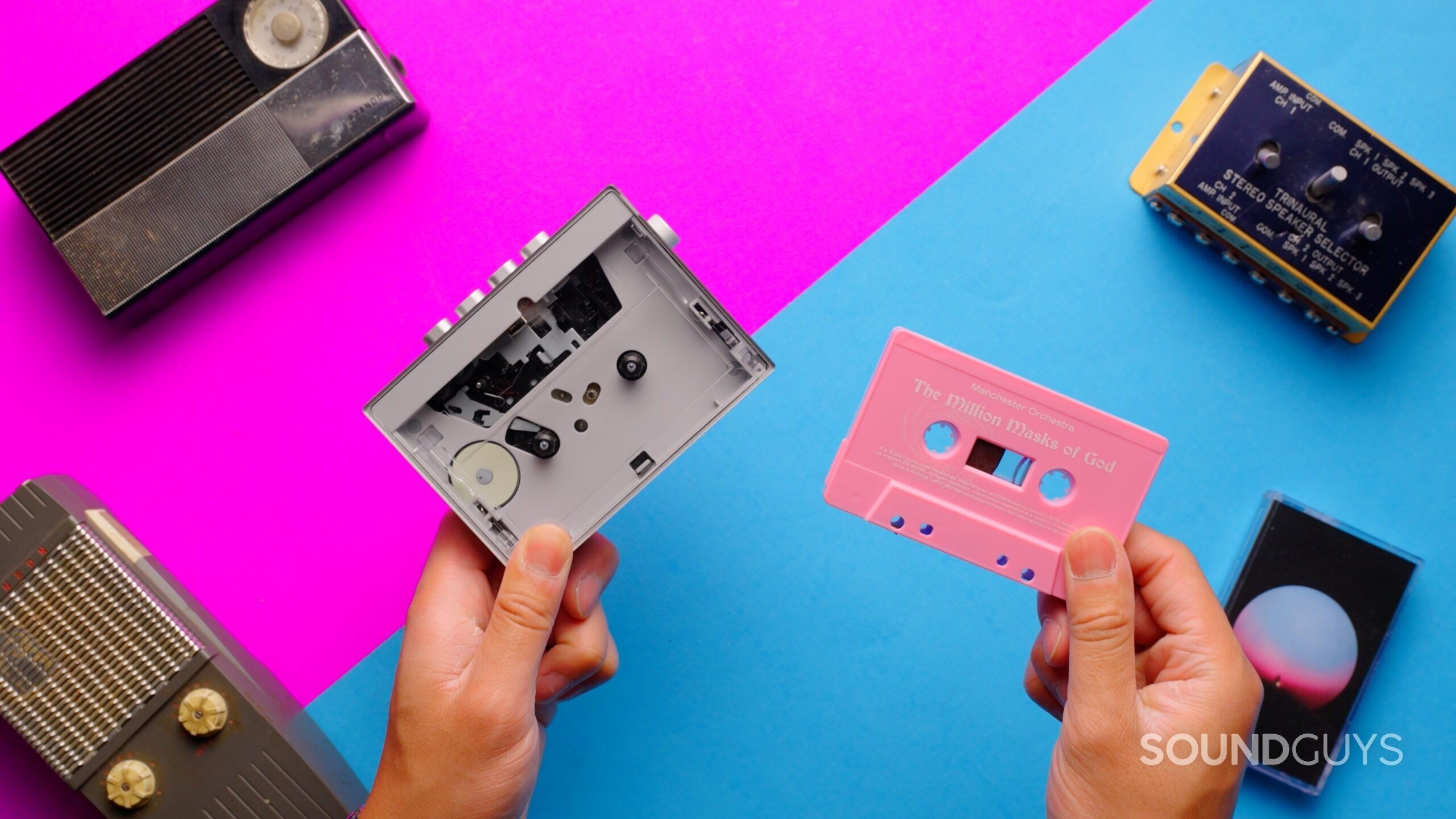
The truth is, using a cassette player in 2025 is… complicated. The FiiO CP13 is undeniably charming. It’s well-built. It’s got that nostalgic tactility. But it also carries the full reality of cassette tech.
Unlike vinyl and even CDs, cassette players like the CP13 are notorious for wow and pops. Without meticulous maintenance, you always run the risk that your tape gets eaten or jammed up. They don’t offer the best sound quality. They really don’t even compete with CDs and digital audio.
When retro becomes routine, and aesthetics replace invention, we don't just stall progress. We start mistaking imitation for intention.
So if the CP13 doesn’t surpass vintage models — and can’t match digital options in sound quality — its $100 price tag starts to feel a little shaky. It’s not just compromised compared to streaming; it’s compromised compared to the very tech it’s trying to emulate.
That’s the danger behind the vintage myth: it offers not just a return to the old, but the assumption that old automatically means better. It assumes that, if we surround ourselves with the aesthetics of the past, the clunky buttons, the hiss of the tape, the analog imperfections, then we’re somehow being more authentic and grounded. But is that really true?
In an age where so much of our lives is filtered through social media, vintage tech isn’t just about taste. It’s about signalling that you have taste. For Gen-Z, the generation raised on aesthetic curation, irony, and the constant need to brand themselves online, cassette players and vinyl records become props in a performance.
Remember that stat that 50% of vinyl buyers don’t even own a record player? That’s not proof of a love for analog sound. It’s proof of a cultural moment where owning the object matters more than using it.
In a world of high-fidelity audio, analog formats become seen as more tangible. And sometimes, it’s more about the vibe than the utility.
Thus, the cassette becomes a symbol of “fauxthenticity,” not a tool. But if no one is actually pressing play, what does that mean for the future of technology?
By bringing old technologies like cassettes back from the dead and resurrecting them into products like the FiiO CP13, which try so hard to capture the magic of the original Walkmans without quite getting there, I can’t help but feel like we’re losing something. We’re turning to the past not as a tool for reflection or rebellion but as an escape from the hard work of imagining something new.
Do you own any vintage audio equipment?
In defence of the tangible
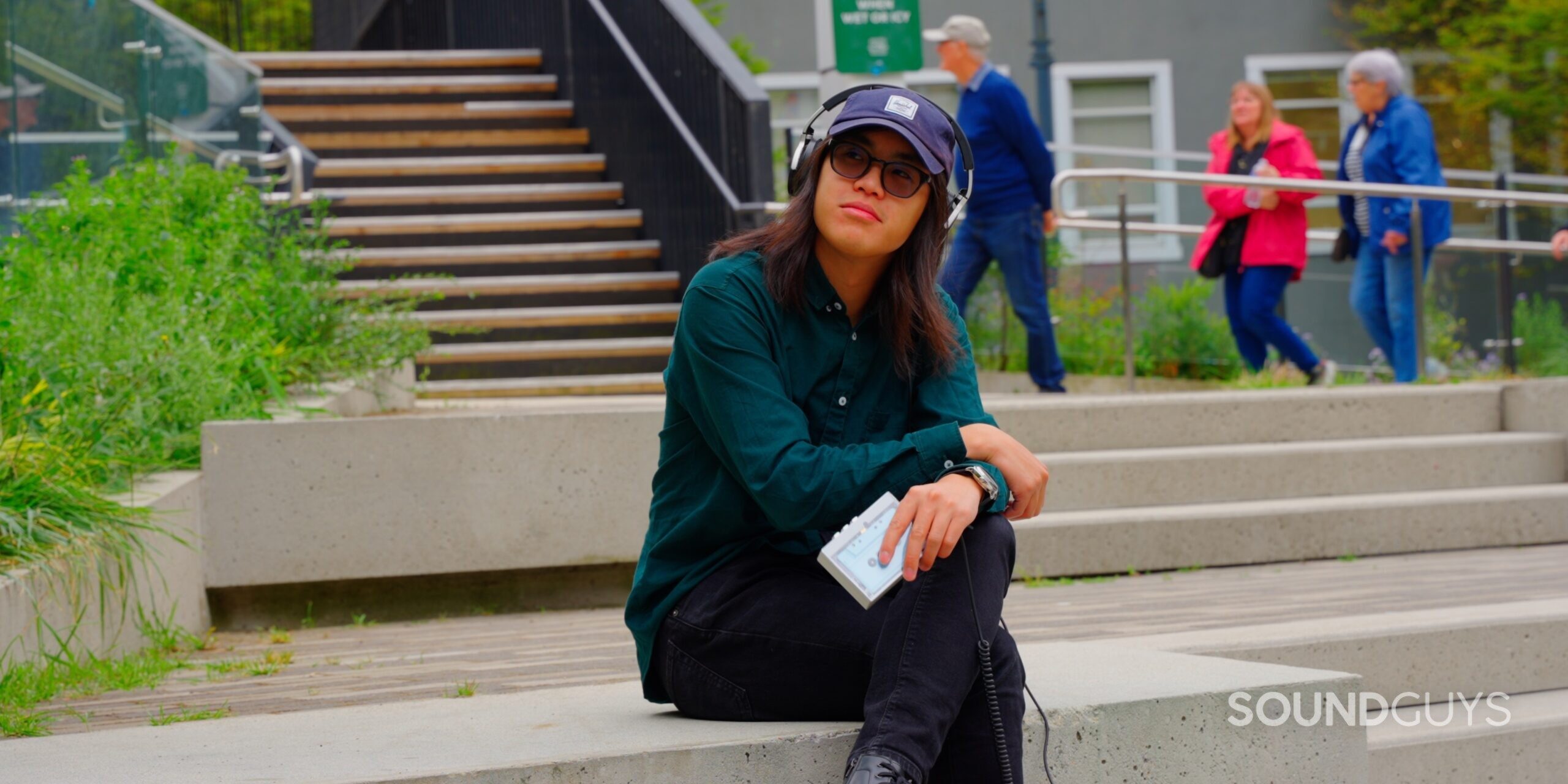
The vintage revival in tech has always left me torn. On one hand, I worry we lose something vital when we fixate on the past, when we mistake nostalgia for progress, and retro aesthetics replace real innovation.
But on the other hand… I’m a total sucker for it. I collect tapes all the time. I’ve spent more money than I’d like to admit building out a vinyl library of my favorite artists. And it goes beyond audio — I love vintage clothing and browsing thrift stores. I shoot film photography, and lately I’ve been experimenting with MiniDV camcorders, chasing that grainy, late-2000s home-video feel. I won’t pretend I was immune to the cultural wave that made vintage cool again. But I also can’t deny what that wave gave me: a deeper appreciation for analog, a more intentional way of creating, and honestly, a lot of doors, both personally and professionally, that I wouldn’t have walked through otherwise.
Yes — the myth of vintage is real, and yes — it’s often aesthetic, surface-level, and commodified. But that doesn’t mean the entire revival is misguided. Beneath the posturing, there’s something worth holding onto.
The imperfection of analog technologies, and the decidedly imperfect culture that comes with it, is, in my eyes, their biggest appeal. There’s something deeply tactile about browsing cassettes at your local record store, sliding one out of its noisy plastic case, and popping it into a player with huge, clicky buttons. Every interaction, every clack, every pitch shift, keeps you grounded in the act of listening. It’s a far cry from tapping your way through playlists on an iPhone screen.
When we use vintage tech with purpose, not as a costume or a branding tool, but as a way to slow down and focus, it becomes more than just nostalgic. It becomes meaningful again.
Against the algorithms
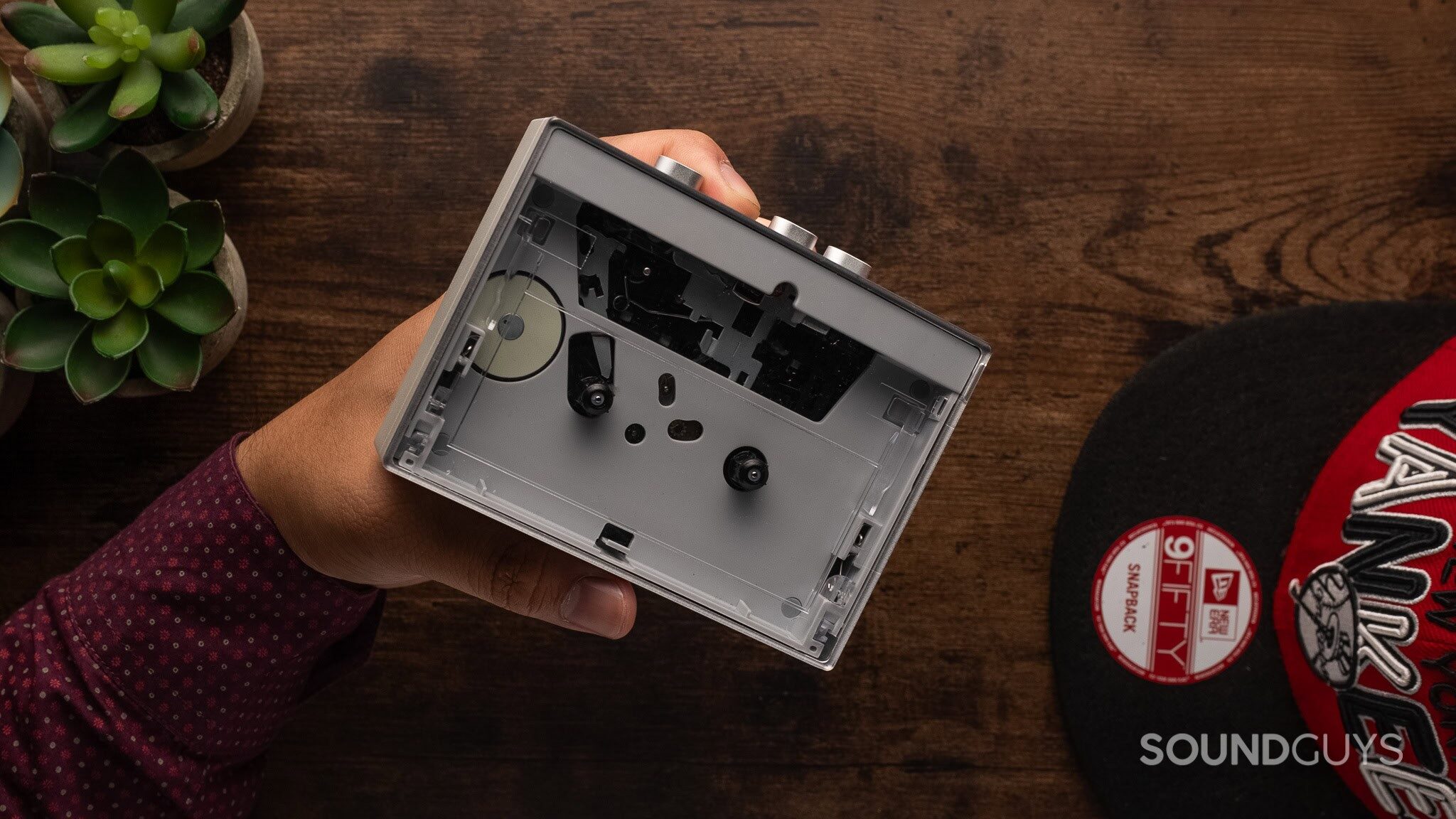
I can think of a few reasons why you’d want to use cassettes in 2025. One reason? Moving away from streaming. Services like Spotify pay artists mere pennies per stream. Their algorithm-driven model often rewards formulaic, disposable music over artistic expression. In her book Mood Machine, Liz Pelley calls it what it is: exploitation. Buying physical media — vinyl, CDs, even cassettes — is one way to push back. It’s how you support artists directly. It’s also nice to own your own music. You’re not subject to the whims of these huge companies that can cancel your subscription or pull your favourite artist at any time.
With cassettes, like vinyl and other forms of physical media, what you lose in audio fidelity, you gain in intentionality.
With streaming, you’re one swipe away from skipping, changing, shuffling, tapping your way into distraction. With a cassette, you sit with the album. You live with it. You flip it. Or you don’t. And in a world that constantly nudges us to consume more, faster, louder — there’s something quietly radical about a format that forces you to slow down. It demands a sense of presence, forces you to listen closely. How could that be a bad thing?
And that’s where something like the FiiO CP13 — or a modern film camera, or a reissued turntable — finds its real purpose. It’s about keeping old formats alive in a way that actually works today. Because anyone who’s tried to use a decades-old cassette deck or a secondhand film camera knows the reality: aging hardware fails. At some point, the nostalgia literally breaks down. But when a company builds new hardware with modern reliability and thoughtful design, they’re offering a way to preserve a whole mode of interaction that would otherwise disappear.
That’s not regression, but restoration. It’s a way of saying that some old ideas are still worth holding onto, as long as, of course, we build them to last.
To build new myths
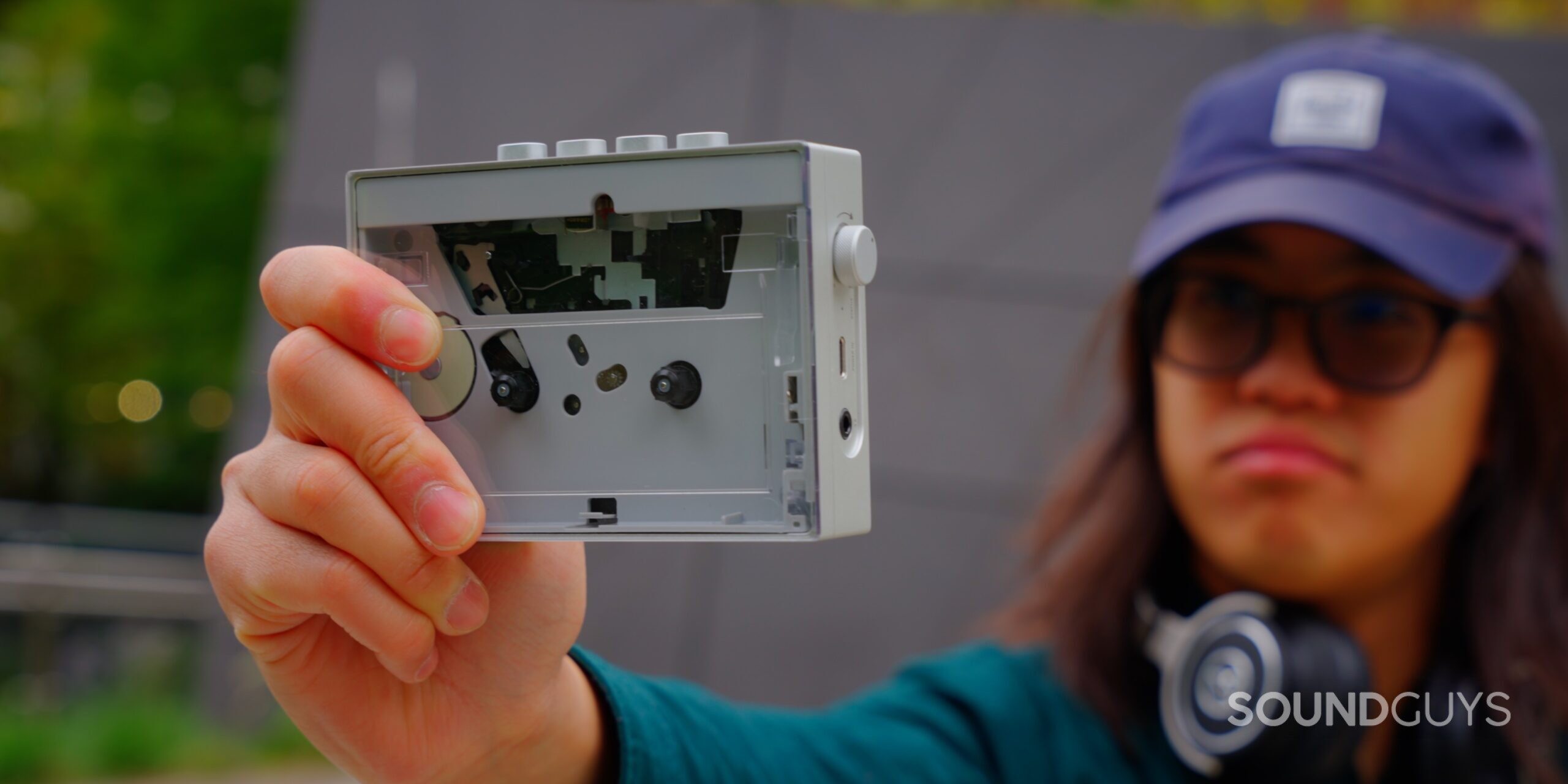
The FiiO CP13 represents both the promise and peril of our vintage revival. If you’re drawn to cassettes for their ritualistic presence and tactile engagement in our digital age, it serves its purpose well. But we shouldn’t mistake nostalgic comfort for genuine progress.
There’s real value in what analog formats offer: the patience of sitting with an album, the intentionality of physical ownership, the quiet rebellion against algorithmic consumption. These aren’t just aesthetic choices—they’re ways of engaging with art and culture that streaming can’t replicate.
The challenge isn’t choosing between past and future, but taking the best of both forward. We need the wisdom of analog craft without the trap of endless repetition. Instead of building new myths around old aesthetics, we should build new technologies that preserve what made those old formats meaningful: presence, patience, and genuine human connection with our media.
The cassette revival will fade, as all trends do. But if it reminds us to create with intention rather than convenience, to listen deeply rather than skip through, then perhaps this strange moment of fauxthenticity can birth something authentically new.
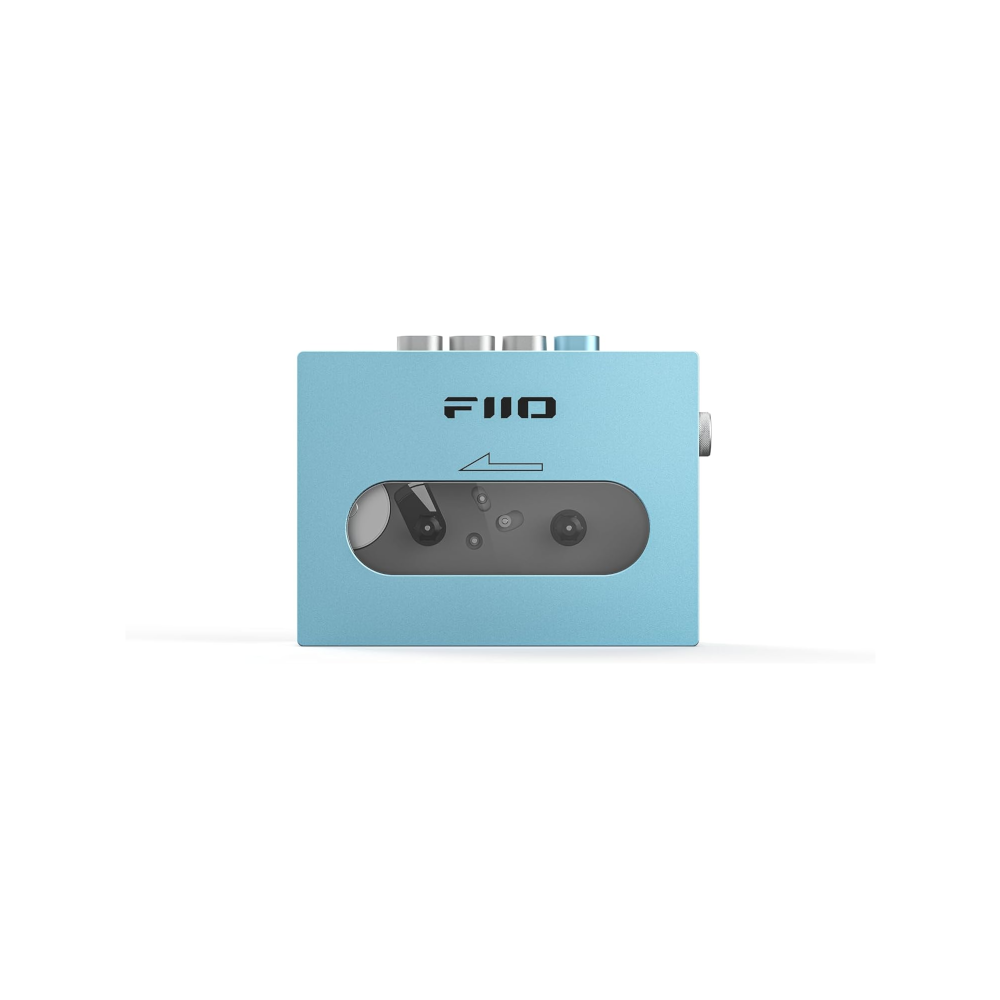
Thank you for being part of our community. Read our Comment Policy before posting.